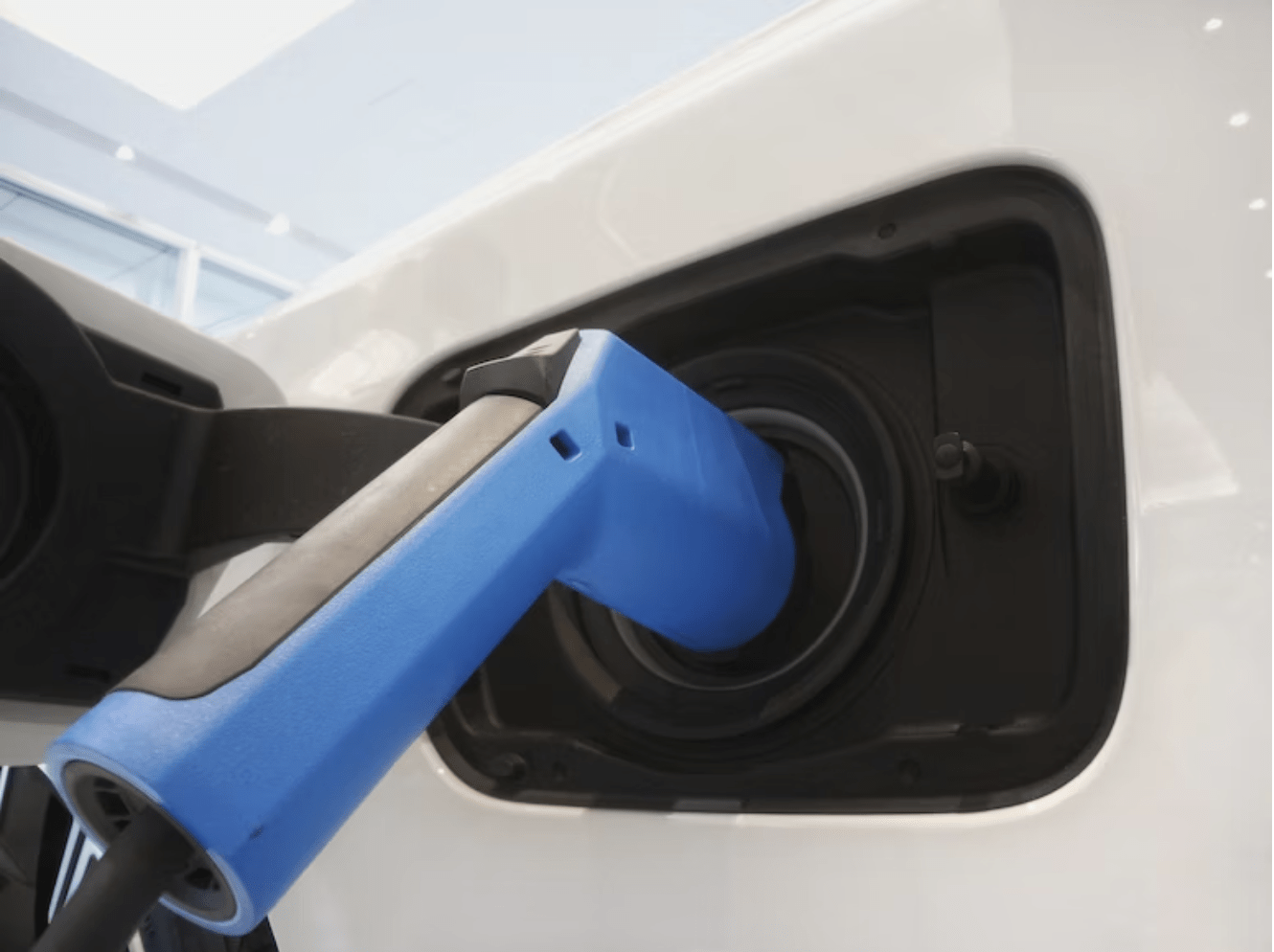– Author: Aishani Mukherjee
The automotive industry is in the midst of a transformative shift from conventional vehicles, with electric vehicles at the forefront. In spite of the global pandemic crisis, consumer demand on electric vehicles have remained stable and are showing steady growth (Sun et. al). Thus, rather than being concerned over electric vehicle sales, companies are searching for ways to improve their power cells. In the context of this scene, the concept of bi-directional charging is quietly revolutionizing the synergy between electric vehicles and the power grid. This innovative approach holds the potential to transform how we manage energy resources and emphasize its role in sustainable technology.
Understanding the Principles
Bi-directional charging, referred to as vehicle-to-grid (V2G) technology, represents a transformative concept where electric vehicles play a dual role within the energy ecosystem This innovative technology allows electric vehicles to extract AND discharge power from and to the grid (Federal Energy Management Program). The bi-directional charging infrastructure allows for the seamless flow of power between the electric vehicle and the grid. After utilizing specialized hardware and software in both the EV and the charging infrastructure, electric vehicles convert stored direct current energy back inside alternate current electricity (Avery). This offers a promising avenue for a more efficient and sustainable energy future, benefitting both EV owners and the broader grid. The convenience of bi-directional charging offers consumers a cost-effective energy solution that align with dynamic power needs.
Unlocking Versatile and Ecological Applications
This groundbreaking innovation offers a range of functionalities. from powering buildings during emergencies to selling excess energy back to the grid, and even energizing a variety of appliances and utilities.
Vehicle-to-Home (V2H), also known as Vehicle-to-Building (V2B), is a feature of bi-directional charging that allows electric vehicles to function as a backup generator for homes and buildings during an outage or other emergencies (“Bidirectional EV Charging”). The battery packs in the Ford Lightning, the fully electric version of the F-150, can provide enough energy to power a home for three days (or up to 10 days with rationing), according to Ford estimates Coren). In emergencies, it becomes a vital source of electricity, ensuring that important devices and systems keep running, even when there’s no power from the grid. In terms of sustainability, with smart-charging technology, it will assist in cutting down the number of power plants needed and, “By 2030, according to the clean energy nonprofit RMI, this could reduce peak loads in the United States by 60 gigawatts, equivalent to the average consumption of 50 million households” (Coren).
Vehicle-to-Grid (V2G) is another feature of bi-directional charging. It allows an electric vehicles to send excess electricity back to the power grid and stabilize it. In return for this service, one receives monetary compensation for the electricity they supply. Such a concept can be efficiently utilized for heavy fleets (school buses, commercial trucks, etc.) in order to conserve the surplus energy (Brown). These fleets typically have substantial battery storage, which often remains underutilized during periods of inactivity. Bidirectional charging allows these batteries to serve a dual purpose, reducing waste and enhancing resource efficiency.
Vehicle to Everything (V2X) is a term that includes all kinds of bi-directional charging choices. It showcases the remarkable flexibility of bidirectional charging tech, unveiling its capability to energize virtually any device or application. Nissan’s global efforts in V2X charging encompass diverse projects, including aiding disaster recovery in Japan through the Blue Switch program and collaborating on V2G technology trials in countries like Australia and the UK (Nissan).
Is it Worth Investing?
Ultimately, one may wonder whether or not such an innovation is worth investing into. Considering the circumstances and situations, it may be an invaluable asset or a costly expense.
Companies are increasingly drawn to the potential of bi-directional charging for several compelling reasons. It offers the prospect of generating additional revenue streams. Businesses can participate in grid services, supplying electricity to the grid during peak demand or offering crucial services in times of grid emergencies.
The cost considerations associated with bi-directional charging technology can be substantial, as exemplified by the OVO Energy-Nissan trial. In this case, the V2G charger was significantly more expensive, coming in at £3,700 more than a conventional unidirectional smart charger (Weiss). For this technology to become a more attractive investment, there’s a clear need for reductions in installation costs.
Works Cited
Avery, Dan. “Bidirectional Charging: How to Use Your EV as a Home Battery.” CNET, CNET, 9 Sep. 2023 www.cnet.com/roadshow/news/bidirectional-charging-and-evs-how-does-it-work-and-which-cars-have-it/.
“Bidirectional EV Charging.” Enphase, Enphase, enphase.com/ev-chargers/bidirectional.
Brown, Alex. “Electric Cars Will Challenge State Power Grids.” Stateline, Stateline, 6 June 2023, stateline.org/2020/01/09/electric-cars-will-challenge-state-power-grids/.
Coren, Michael J. “Advice | Electric Vehicles Can Now Power Your Home for Three Days.” The Washington Post, WP Company, 17 Feb. 2023, www.washingtonpost.com/climate-environment/2023/02/07/ev-battery-power-your-home/.
Nissan. “Nissan Works to Power V2X Bi-Directional Charging across the Globe=.” Nissan Stories | Nissan Motor Corporation Global Website, Nissan Motor Corporation, 8 Feb. 2023, www.nissan-global.com/EN/STORIES/RELEASES/nissan-works-to-power-v2x/.
Sun, Xin, et al. “Modeling potential impact of COVID-19 pandemic on Global Electric Vehicle Supply Chain.” iScience, vol. 25, no. 3, 2022, p. 103903, https://doi.org/10.1016/j.isci.2022.103903.
Weiss, Sabrina. “The Future of EV Charging Is Bidirectional, If You Can Afford It.” WIRED UK, WIRED UK, 22 Apr. 2022, www.wired.co.uk/article/the-future-of-electric-vehicle-charging-is-bidirectional-if-you-can-afford-it.

